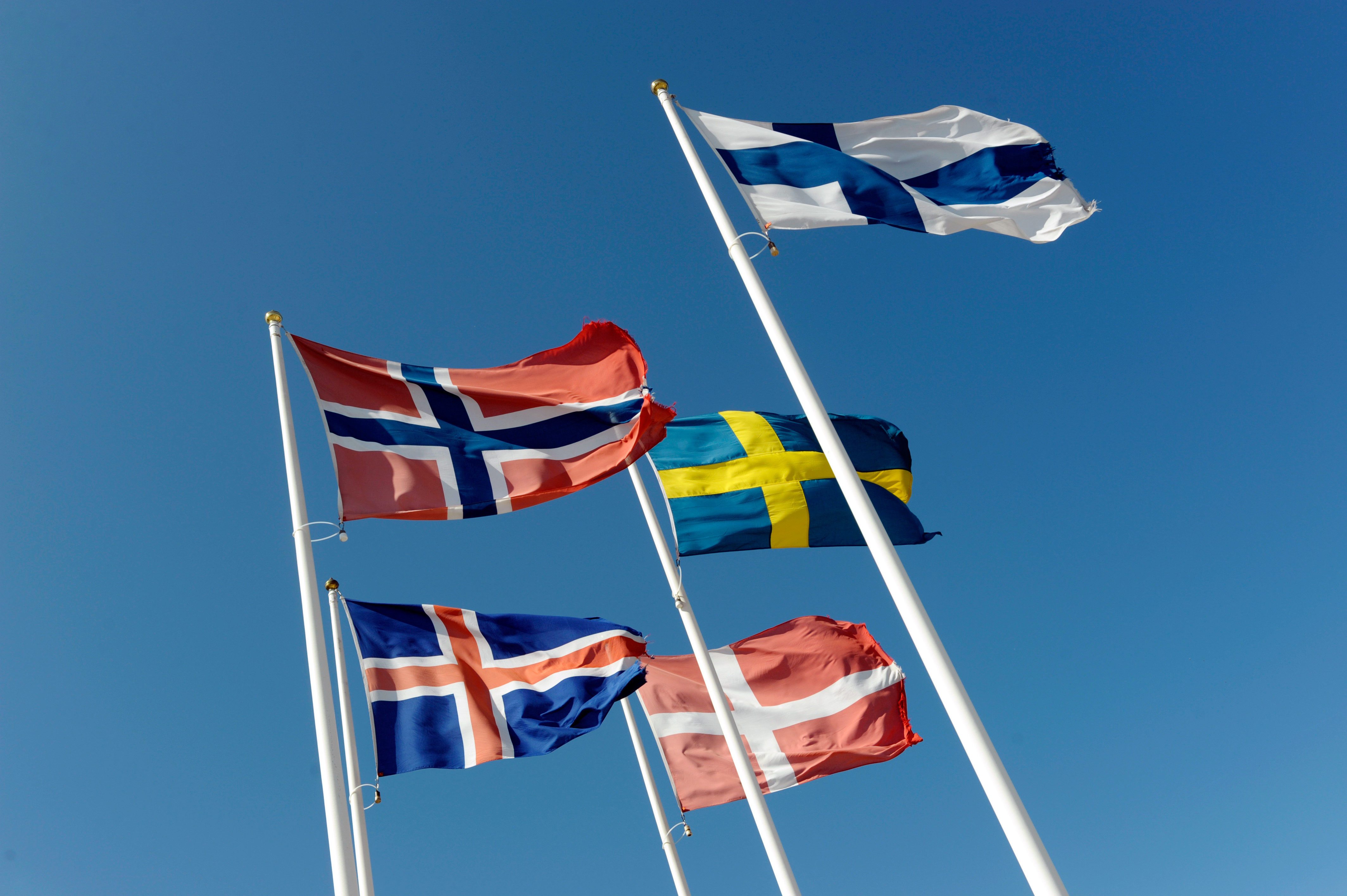Security still the main element in Nordic Arctic Strategies

“The Nordic countries share many political priorities for the Arctic – first and foremost to maintain the Arctic as a low-tension region – but they also put different emphasis on environmental concerns and economic opportunities,” say Anna Karlsdóttir and Lisbeth Greve Harbo from the Nordic Centre for Spatial Development (Nordregio) in Stockholm.
In a recently published policy brief on “Nordic Arctic Strategies in Overview,” Karlsdóttir and Harbo identify security as a lasting element in Nordic countries’ Arctic strategies because of their shared Cold War heritage. However, security concerns are increasingly replaced by “economic opportunities, exploration of the seas for oil, mining and other natural resource extraction possibilities,” the report reads.
Also Indigenous peoples’ concerns and interests have been taken more and more into account in the strategies over the years. More recently, it has been the issue of global stakeholders entering the Arctic that made it onto the agenda.
Commonalities and Differences
“The Nordic Arctic strategies share a strong emphasis on the importance of international law and cooperation. Environmental protection is another focal point where there is consensus, while at the same time perceiving the natural resources as a potential for new opportunities,” Karlsdóttir and Harbo tells High North News.
Further areas of consensus are the desire to strengthen the Arctic Council; promotion of international research cooperation; fostering Nordic expertise and know-how, for example in environmental management and ship building technology; improved and joint monitoring and preparedness, for example for oil spills in the vulnerable region; and promotion and safeguarding of Indigenous populations, according to the policy brief.
However, the Nordics also differ in their emphasis on different issues.
“For example, Sweden’s national Arctic strategies have primarily prioritized environmental and climate-related perspectives of Arctic development, whereas the Finnish and Norwegian Arctic policies have rather emphasized economic incentives and possibilities in their Arctic policies,” the Nordregio experts emphasize.
The strategies also weigh differently on security issues and cooperation with Russia, just as the Nordic countries have different perspectives on the role and involvement of NATO and the EU in Arctic issues, the policy brief elaborates.
One explanation for the different regional prioritization the researchers see in the link to the emerging involvement of the European Union in Arctic policies.
The European Commission has in April 2016 published their latest Communication on “An integrated European Union policy for the Arctic.” The identified three priority areas of the EU’s Arctic policy are climate change and safeguarding the Arctic environment; sustainable development in and around the Arctic; and international cooperation on Arctic issues.
Shifting Focus
The researchers also found a shift in the Arctic strategies of the Nordic countries.
“While not a radical one, we identify a shift in the Arctic strategies from mainly addressing foreign affairs interests to also consider the Arctic in a regional development perspective,” Karlsdóttir and Harbo explain to HNN.
As one example, they mention Finland. The first Finnish strategy, presented in 2010, bore a strong national level perspective while the latest document, released as part of the updating process for a new strategy, pays much more attention to the inequalities and structural challenges that characterise the Finnish Arctic regions internally.
But not only Finland has seen an incremental development of its Arctic strategy.
“During the last decade, all Nordic countries have drawn up strategies for their Arctic regions, with several countries even revising these Arctic strategies within this short period of time. It shows that the Arctic region has become a matter of higher political interest,” the Nordregio policy brief reads.
Regional level more in focus
While the researchers did not find any radical changes in the developing Nordic Arctic strategies, they highlight especially the shift in the Nordics towards seeing Arctic regions differently according to their geographic specificities.
“Changes are continuous in content and scope but with a more concrete or direct attention to the regional perspective of the Arctic region. This also holds on the thematic level, such as in form of increased attention to research and sustainable resource management when addressing the topic of Arctic natural resources,” Karlsdóttir and Harbo tell HNN.
This stronger regional focus is not least due to the acknowledgement of the significant differences between various Arctic regions.
“In terms of social, environmental and economic parameters, the diversity of rural communities, towns and cities in the Nordic Arctic is impressive,” the policy brief highlights.
Bottom-up approach
A regionally differentiated lens is indeed seen as required by the Nordregio researchers, especially when planning for the sustainable development of the Arctic.
“The Nordic Arctic is multifaceted, a fact which is often lacking from the debate on sustainable development in the Arctic. Actors outside the Arctic are mostly concerned about environmental issues, while the people living in the Arctic experience the situation differently, ” Karlsdóttir and Harbo write in their report. Because of this, they call for a bottom-up approach based on the specific regional challenges and opportunities, which has to directly involve the people living in Arctic regions.